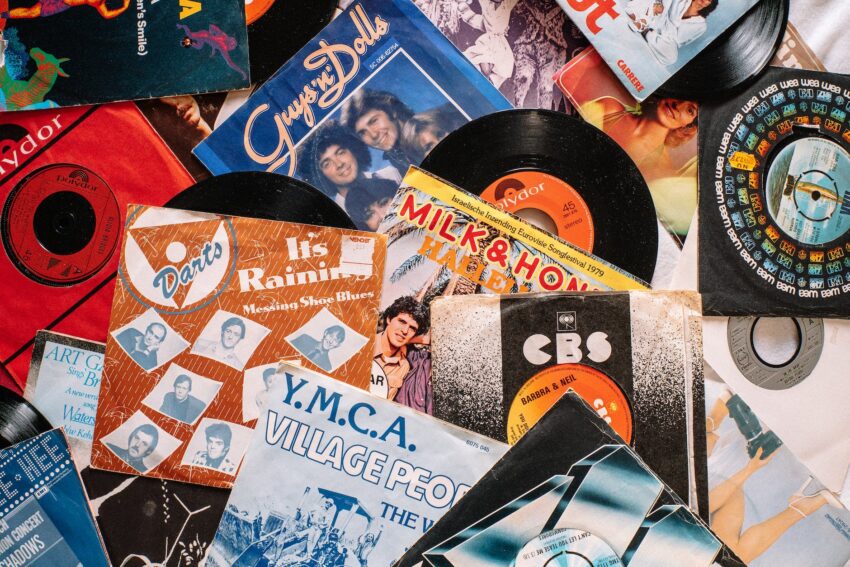Throughout the history of art and music, creative expression has been deeply intertwined with cultural, sociopolitical, and scientific influences. One such influence that profoundly impacted both art and music was the rise of the psychedelic movement. A significant element of 1960s counterculture, psychedelics sparked a revolution in creative expression and birthed the era of psychedelic music and art.
Psychedelic music, characterized by its distortion effects, extended solos, and surreal lyrics, emerged from the counterculture movement of the 1960s. It was heavily influenced by the use of hallucinogenic substances like LSD and mushrooms. Bands like The Beatles and Jefferson Airplane famously attributed some of their most prolific work to psychedelic experiences. The Beatles’ 1967 album “Sgt. Pepper’s Lonely Hearts Club Band” is often hailed as the pinnacle of psychedelic rock, while Jefferson Airplane’s “White Rabbit” is celebrated for its trippy visuals and distinctly psychedelic sound.
This infiltration of psychedelics into the music scene was closely mirrored in the world of visual art. Artists began to experiment with vibrant colors, intricate patterns, and abstract forms that translated the hallucinogenic experiences into visual form. One of the most iconic art movements associated with psychedelics was Psychedelic Art, marked by vivid, kaleidoscopic designs, distorted visuals, and mind-bending optical illusions.
Many artists used these aesthetic techniques as a way to challenge perceptions of reality, and to convey their interpretation of the psychedelic experience. This trend spilled over to album covers, posters, and other graphic designs. The art of Wes Wilson, one of the foremost designers of psychedelic posters, is a classic example. His artwork for bands like The Grateful Dead and The Doors was marked by swirling, distorted typography and vivid colours – a hallmark of his unique work.
The psychedelic movement further influenced performance art with its eccentric costumes, abstract performances, and intricate light shows. These elements became intrinsic to music festivals such as the iconic Woodstock in 1969. The combination of psychedelic music and performance art, complemented by psychedelically-inspired stage design, created a memorable experience that was more than a simple concert – it was a sensorial celebration of the culture’s spirit of revolution, liberation, and creative expression.
Music festivals continue to be intertwined with psychedelic art, often manifesting in immense sculpture installations and hypnotic light displays. These trippy visuals can be seen at events like Burning Man and Tomorrowland, where attendees are provided with an immersive, multi-sensory experience.
In recent years, there has also been a resurgence of psychedelics in popular culture, spanning not just music and visual art, but film, literature, and more importantly, research into mental health. This resurgence, often referred to as the “Psychedelic Renaissance,” echoes the spirit of the ’60s, once again pushing the boundaries of creative exploration and self-discovery. With the continued evolution of psychedelic music and art, it’s clear that the influence of this movement remains strong.
The Psychedelic movement has left an indelible mark on the evolution of music and art, forging a link between the two mediums that continues to shape creative expression. From the wildly imaginative album covers of the ’60s – which are, in themselves, works of art – to the visually-stunning backdrops of today’s music festivals, the influence of psychedelics is not just prevalent – it’s pervasive.
In conclusion, psychedelic art and music embody a shared sentiment; an exploration of the unknown, a defiance of convention, and a daring dive into the depths of the mind’s creative potential. As we continue to redefine the cultural landscape, the influence of psychedelics in art and music stands as a testament to the innovative, boundless spirit of artistic expression.
Sources:
psychedelic music.
visual art.
counterculture.
trippy visuals.
music festivals.
album covers.
psychedelic rock.
art movements.
performance art.
